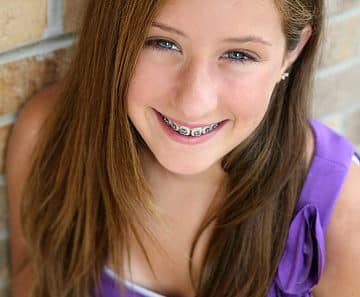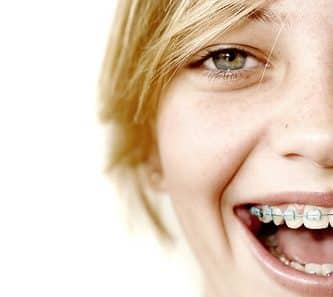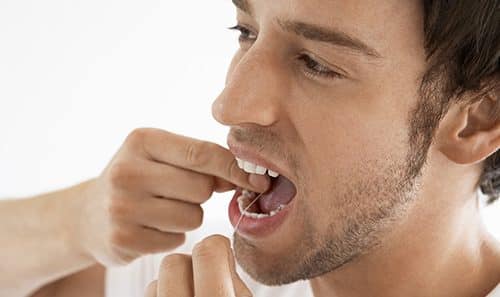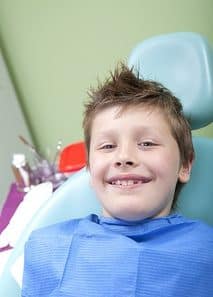
Should I use a water pick during my treatment?
Dr. Nicola Crichigno and our team at Crichigno Orthodontics know that for some of our patients…

Foods that are Safe for Braces
Orthodontic braces are used to straighten the teeth, which not only creates a more pleasing appearance,…

The Best Treats in the House
You waited for this movie all year. You got your tickets early, and you’ve got the…

Besides straight teeth, what are the benefits of braces?
Everyone wants a naturally aligned and beautiful smile, and it is no secret that orthodontic braces…

Help! My gums hurt when I floss!
By no stretch is it rare for your gums to hurt during and after flossing. Even…

Find Out how Your Diet can Cause Cavities
Sometimes food that’s good for your body isn’t necessarily the best for your teeth. Dr. Nicola…

Going Back to School with Braces
Going back to school is already an exciting (and sometimes nerve-racking) time so we don’t want…

What is malocclusion?
The term malocclusion refers to misalignment of teeth. You may have been born with malocclusion, so…

What’s in my mouth? A Rundown of Orthodontic Appliances
Dr. Nicola Crichigno and our team correct the alignment of your teeth and jaws so that…

What is early intervention?
Many developing orthodontic problems can be intercepted and corrected if diagnosed and treated at an early…


